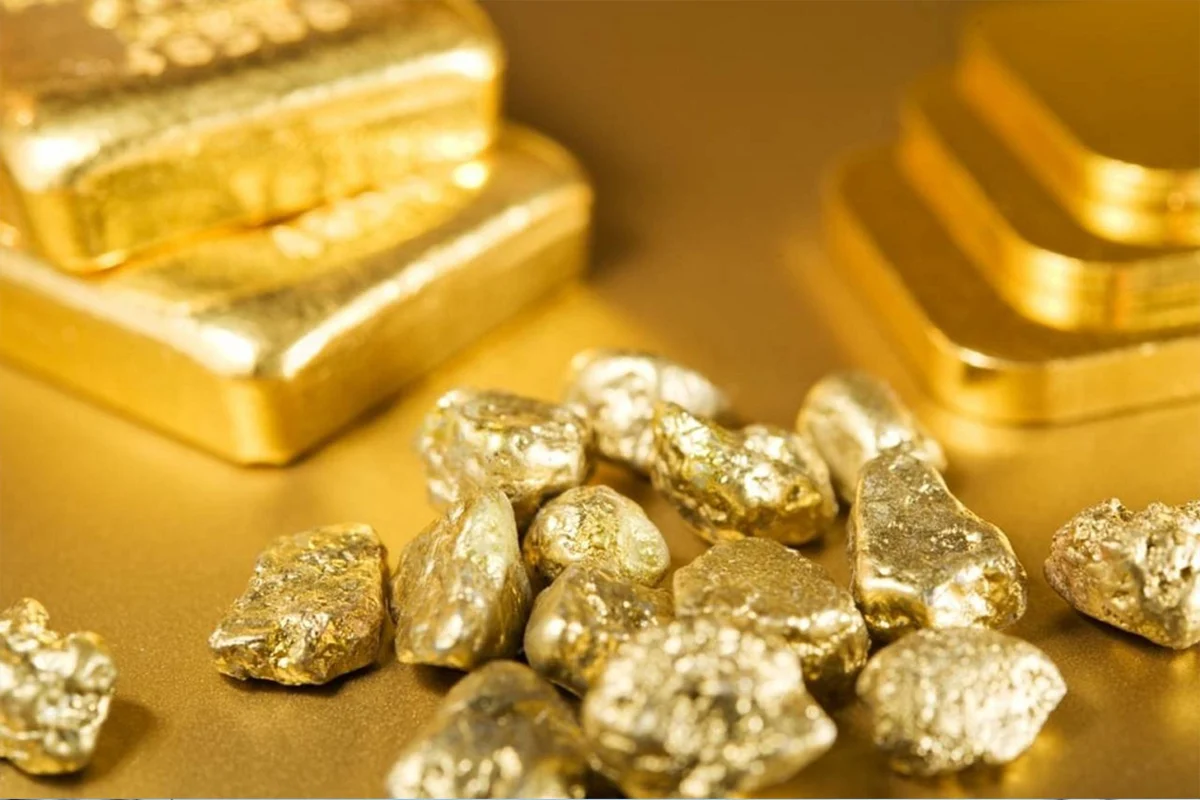The recent fluctuation in gold prices in Dubai has caught the attention of investors and analysts alike. After experiencing a significant increase that brought the price to a historic high, the yellow metal suffered a notable drop in early trading on Wednesday. This market behavior is indicative of the inherent volatility of this safe-haven asset, especially in times of global uncertainty and geopolitical conflicts. In this context, it is essential to understand the dynamics that influence the value of gold and how these affect its demand.
As investors seek refuge in safer assets, particularly in challenging economic scenarios, gold often becomes the preferred option. However, factors such as the weakness of the dollar, international tensions, and expectations regarding monetary policies can lead to drastic fluctuations in its price. This analysis delves into the recent fluctuations of gold in the Dubai markets, the influence of global events, and future projections that could affect its trajectory.
Recent drop in gold prices in Dubai

Recently, the price of gold in Dubai has shown a downward trend, specifically after reaching a historic high. During the early trading of this Wednesday, the 24K variant experienced a decrease of 1.75 dirhams, settling at 321.5 dirhams per gram, compared to 323.25 dirhams per gram at the previous close. This decline is in line with market fluctuations and changes in demand, which are common in the precious metals industry.
This movement in gold prices is not limited to a technical aspect, but also reflects an increase in global economic uncertainty. Concerns about various conflicts involving major powers have led investors to reevaluate their portfolios, impacting gold demand. The data provided by the Dubai Jewellery Group are not only price indicators but also reflect market sentiment amid growing geopolitical instability.
In addition to the drop in the price of 24K gold, other variants such as 22K, 21K, and 18K also saw price reductions, now standing at 297.75, 288, and 247 dirhams per gram, respectively. These changes indicate a shifting and recalibrating market, which can be a sign of adjustment in response to changing global market conditions. The balance between supply and demand is in constant flux, and price levels reflect this complex reality.
Influence of Conflicts on Gold Demand
Gold has historically been considered a safe haven in times of crisis, and recent tensions between Israel, Iran, and Hezbollah have driven demand for this precious metal. As these conflicts escalate, investors are drawn to gold as a store of value that protects their capital against market volatility and currency depreciation. This phenomenon is crucial to understanding why gold has seen drastic price changes in the short term.
The correlation between geopolitical conflicts and gold demand is very clear. When tensions are on the horizon, investors tend to seek to exit riskier assets and prepare to invest in tangible goods that have retained their value over time. In this case, the rise in gold demand has contributed to pushing prices to record levels before the recent drop. The role of gold as a safe haven asset is indisputable, and as conflicts unfold, the obsession with gold as protection is further amplified.
However, this dynamic may be short-lived. As tensions stabilize or perspectives on the near future change, we may see an adjustment in demand. Markets are reluctant to remain in a state of panic, and as fears dissipate, gold demand is likely to relax as well. Investors must stay alert to these changes and adjust their investment strategies accordingly.
Future Projections for the Gold Market

As markets continue to adapt to the new reality of gold prices, it is essential to consider projections for the future. With spot gold falling 0.24% to $2,654.06 an ounce, analysts are watching the direction the market will take in the short and medium term. Factors such as central bank monetary policy, inflation levels, and the performance of the dollar will influence the future direction of this commodity.
The chief investment officer of Zaye Capital Markets highlighted that one of the key variables to consider is the weakness of the dollar. When the dollar weakens, gold tends to appreciate as it becomes more affordable for buyers using other currencies. Therefore, movements in the economic policies of key countries, especially the United States, will be crucial in the evolution of gold prices in the near future.
Meanwhile, investors must stay aware of market indicators and the variable global conditions that could influence their gold investment strategy. The volatile nature of this precious metal always implies risks, but also extraordinary opportunities for those willing to navigate its inevitable ups and downs. Therefore, a balanced and well-informed approach is essential to maximize gold investment potential in the coming months.



